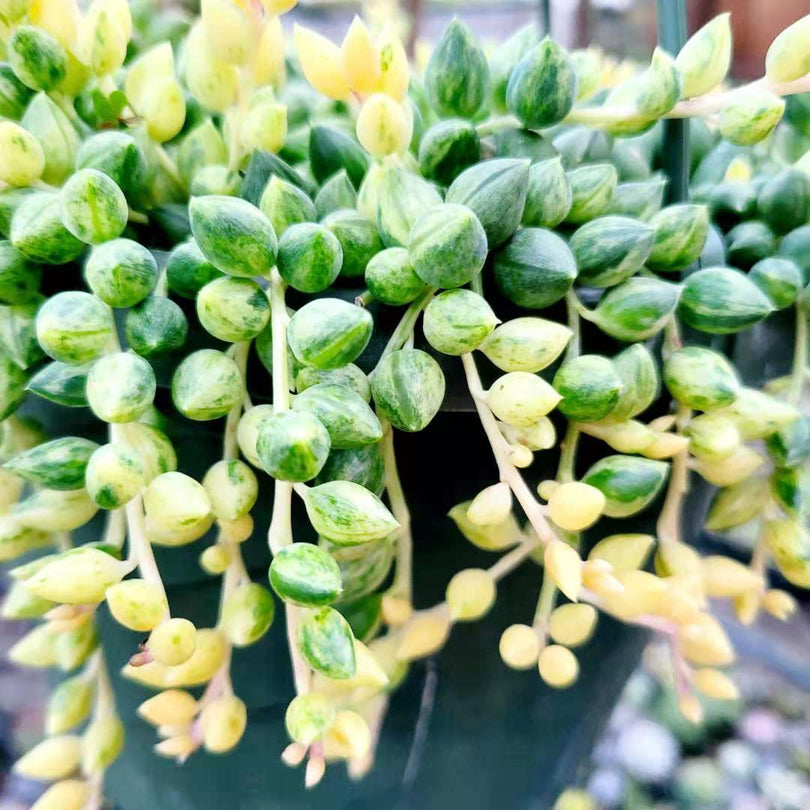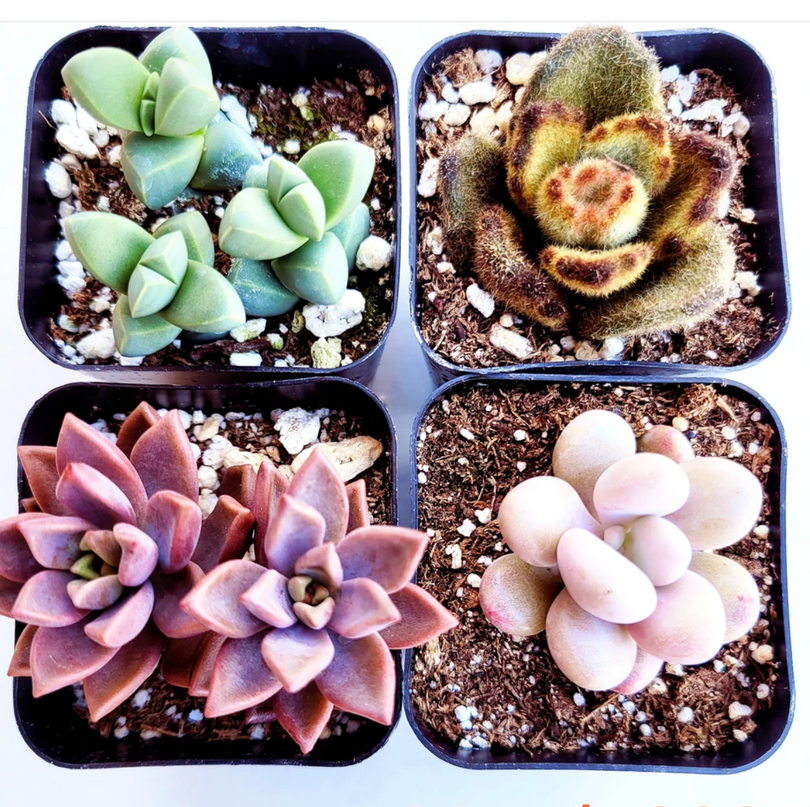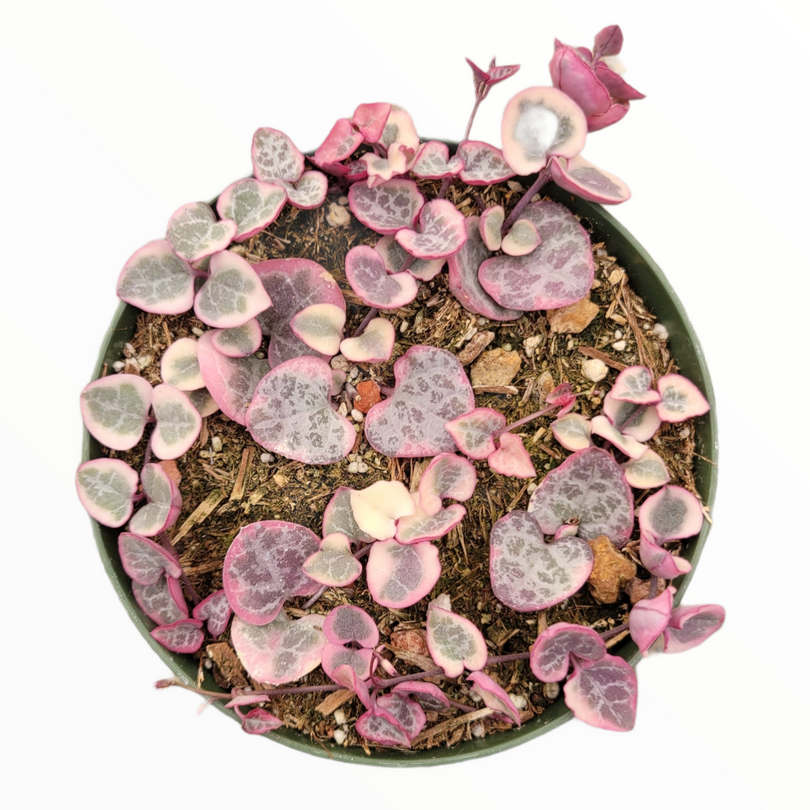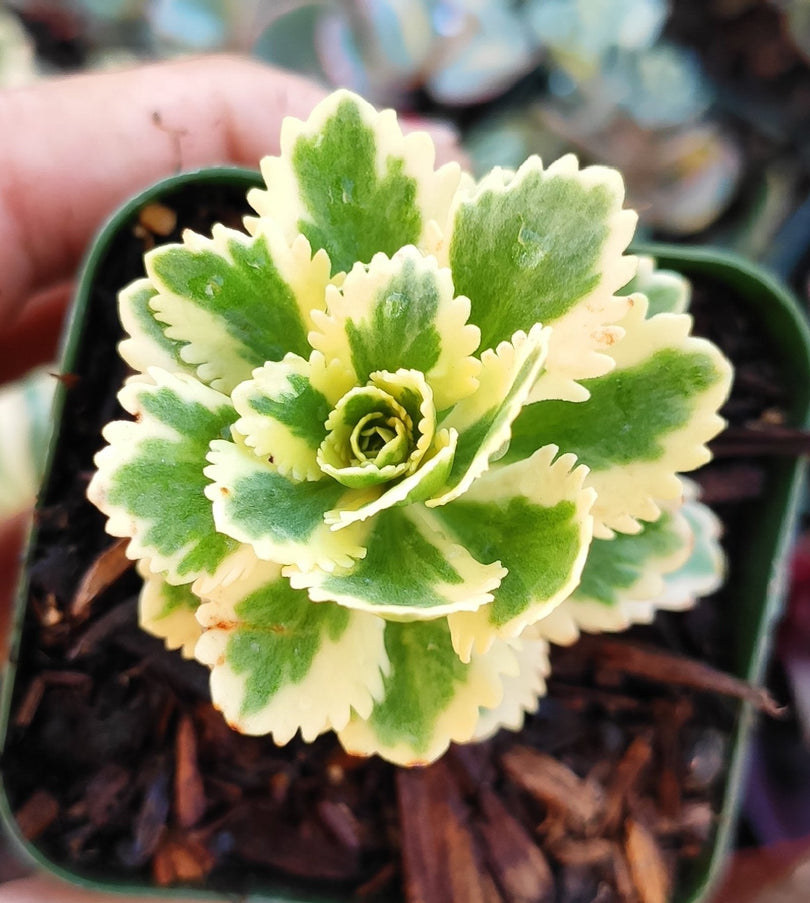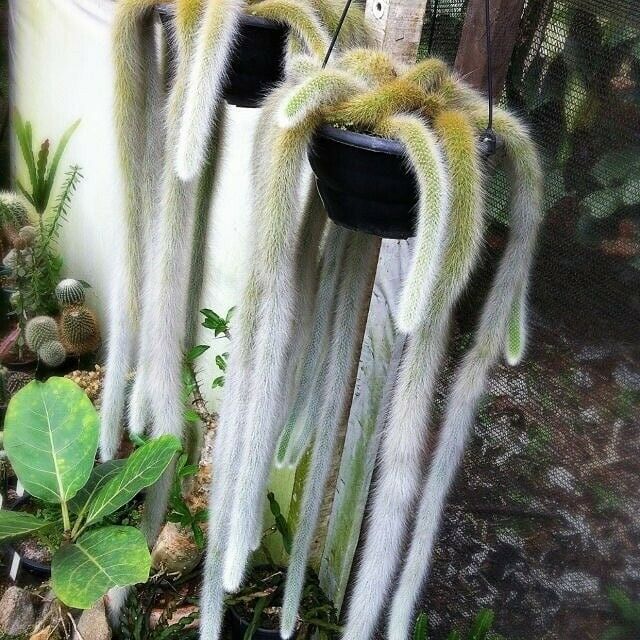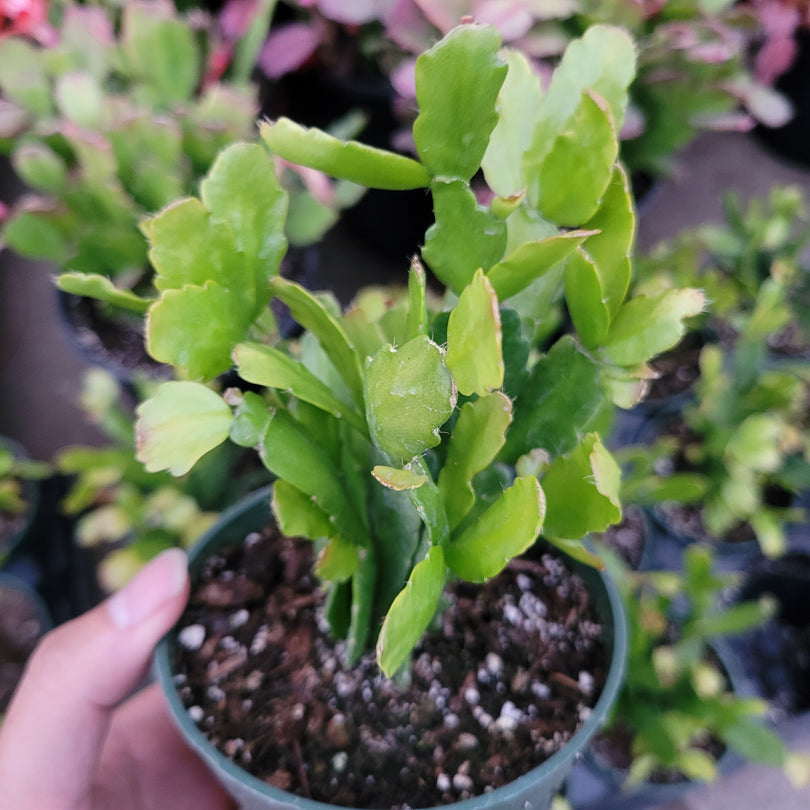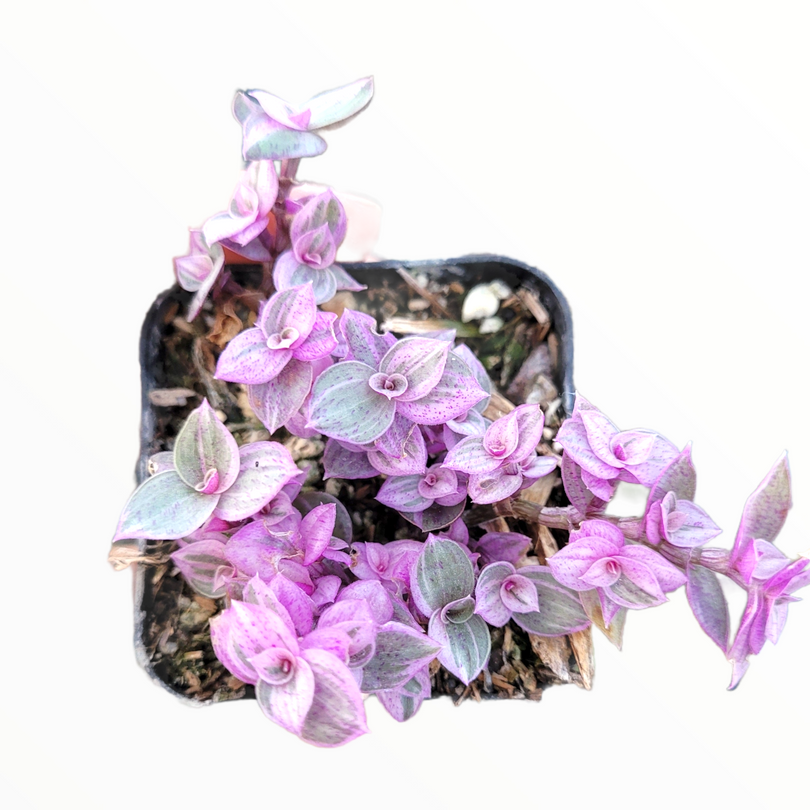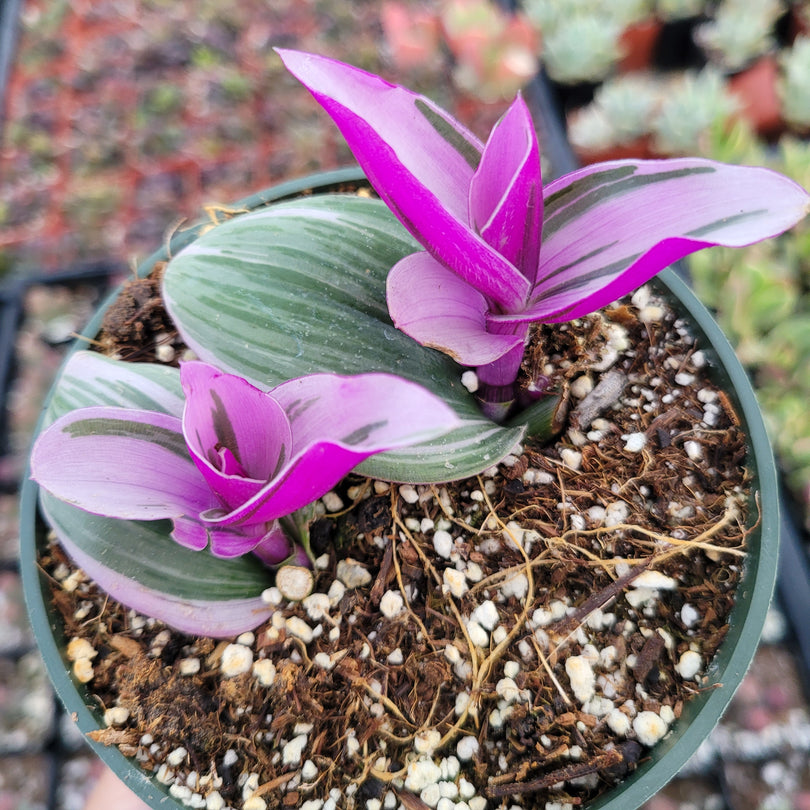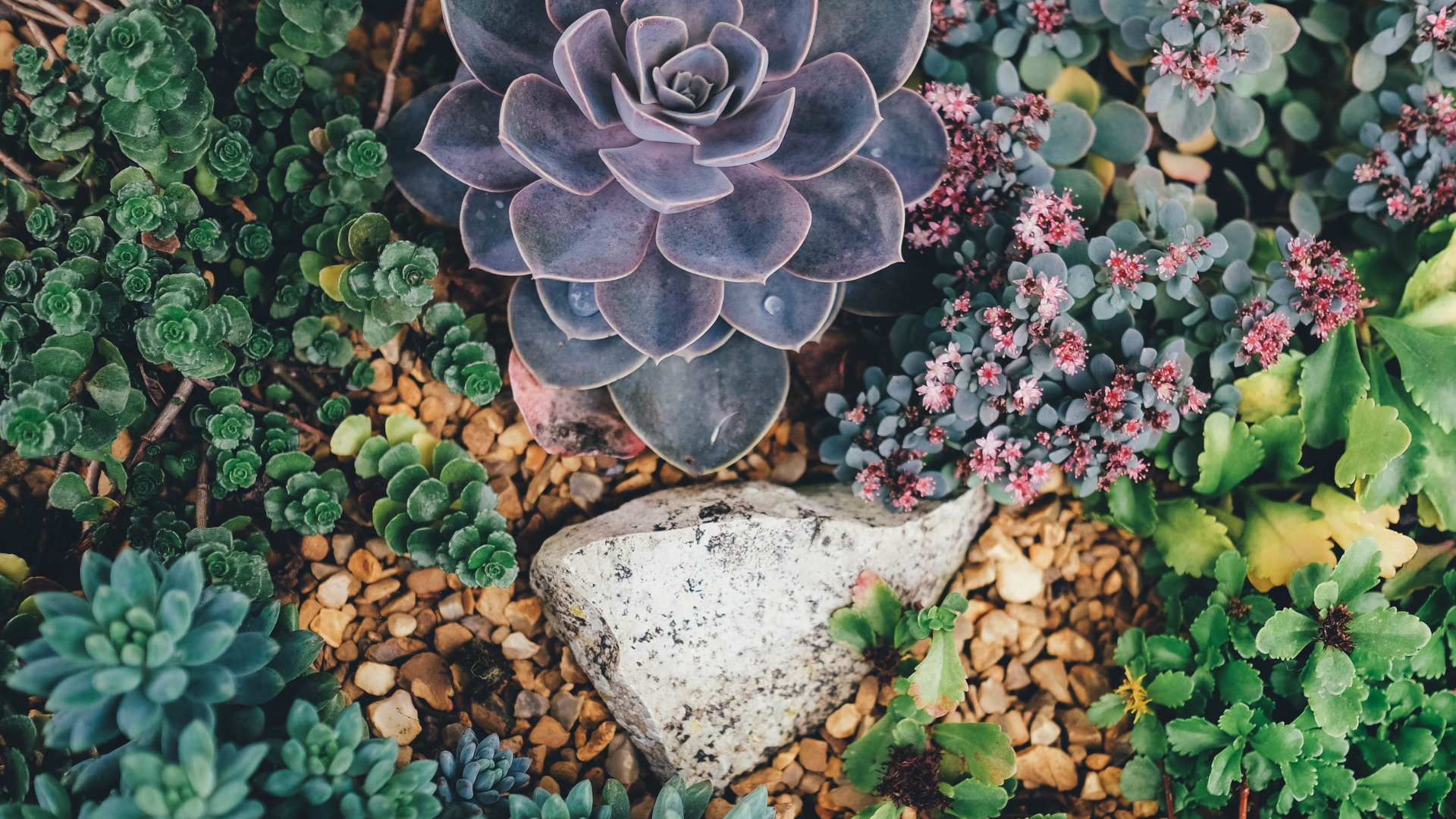Echeveria is a large genus native to Central America. There are approximately a hundred species of them and many different colors to choose from. Typically they also produce gorgeous flowers. These plants are great for rock gardens and as houseplants.
They are popular, beautiful plants and are pretty easy to care for. Plus, they require little maintenance, so they're perfect for busy people.


Care Tips for Echeverias
Soil
An important part of caring for them is the soil you use. When planting them, you should use soil that's well-draining. An option is you can use potting mix and put in perlite and coarse sand to help with drainage. Proper drainage is essential because the plants' roots can end up rotting and dying without proper drainage.

Light
These plants also need light. It's usually best for them to grow outdoors to get sunlight as they should get sunlight daily for a few hours. They need bright, indirect sunlight to do well. Try to avoid intense sunlight because the leaves can become burnt and damaged.
Water
When it comes to watering, they don't need much water. Give them water when the soil is fully dry. You may see that they start to become wrinkled when they need water. They'll need to be watered more often when it's hot.
Be cautious not to overwater them because root rot can occur, so it's safer to underwater them. You should also be careful and not allow the water to sit in the rosettes since this can lead to rotting.

Temperature and Humidity
Echeverias don't do well in cold temperatures. They are desert succulents and do best in the heat and in dry environments. Keeping them in average household temperatures will be fine.
If they are growing outside, they should be moved inside if the temperatures go below 55 degrees Fahrenheit. The relative humidity should be 40% or lower. They are hardy in the growing zones 9 through 11.
Fertilizing
They don't need fertilizer and can still do well without it but adding it can be beneficial to the Echeverias, especially during the spring and summer when it's their growing seasons.
Be careful not to over fertilize, and use a fertilizer that's slow-release or a diluted liquid fertilizer, which has been diluted a few more times than normal.
Repotting
They also grow slowly so they rarely need to be repotted. When repotting, loosen them gently from their pot and place them in a new pot that's a bit larger. You should also give it some water once they've been repotted.

Propagating Echeverias
These plants are pretty easy to propagate. One of the methods is separating the new plant from the parent plant. There should be roots on it and can be replanted anywhere.
A second method involves taking the leaf cuttings from the echeverias. and allow the cuttings to dry out. The echeverias should end up with a new rosette on them.
Pest and Disease Prevention for Echeverias
It's not common for them to have pests, and to prevent them involves taking proper care of the succulents. So make sure they're getting enough light and the water amount they need, and also that you're using soil that's well-draining.
If there are dead leaves, you should remove them since they can attract pests or possibly lead to fungal diseases. If the echeverias experience diseases, they are typically due to high humidity levels, not enough light, or too much water. So it's important to take good care of these plants to keep them healthy.

